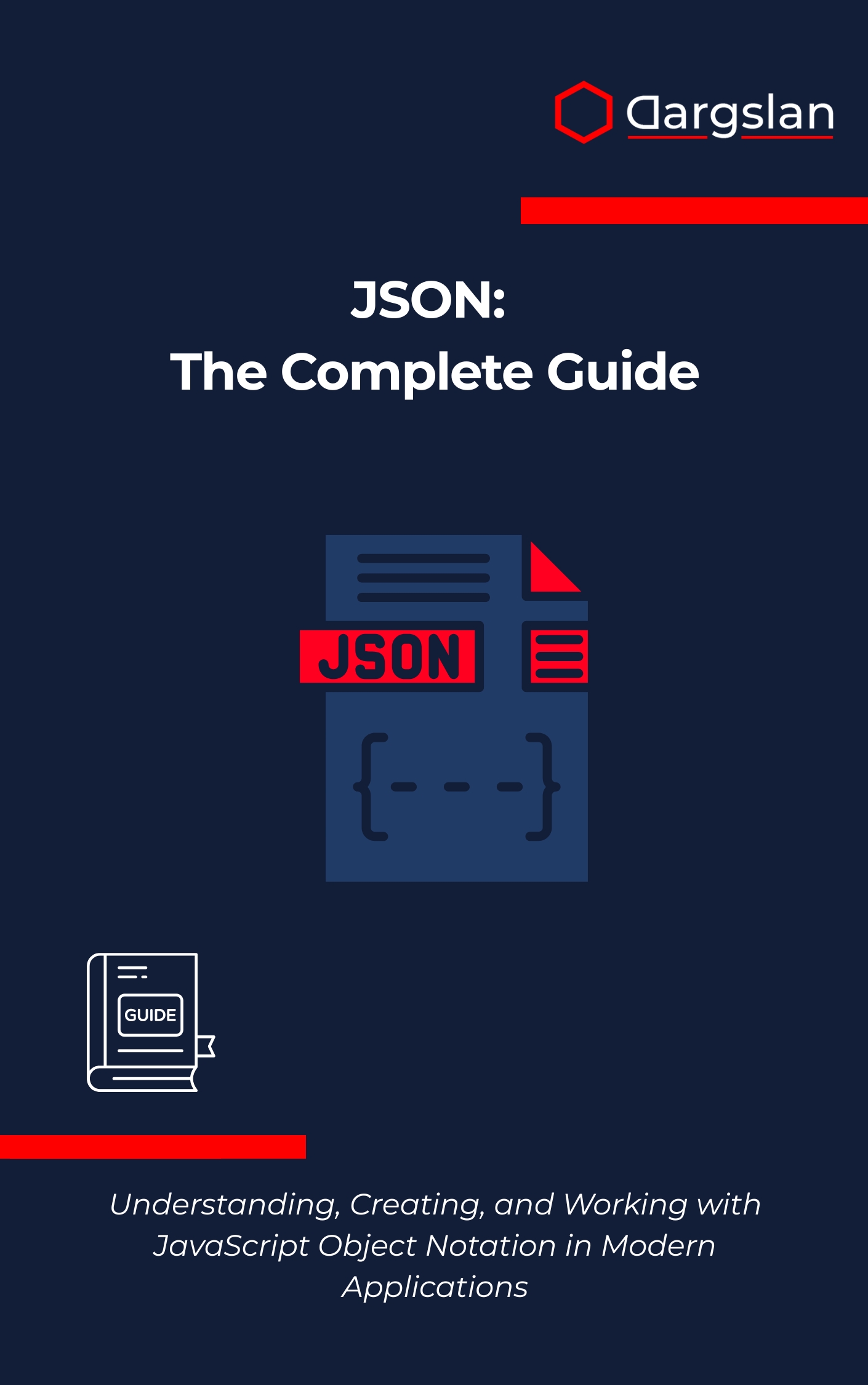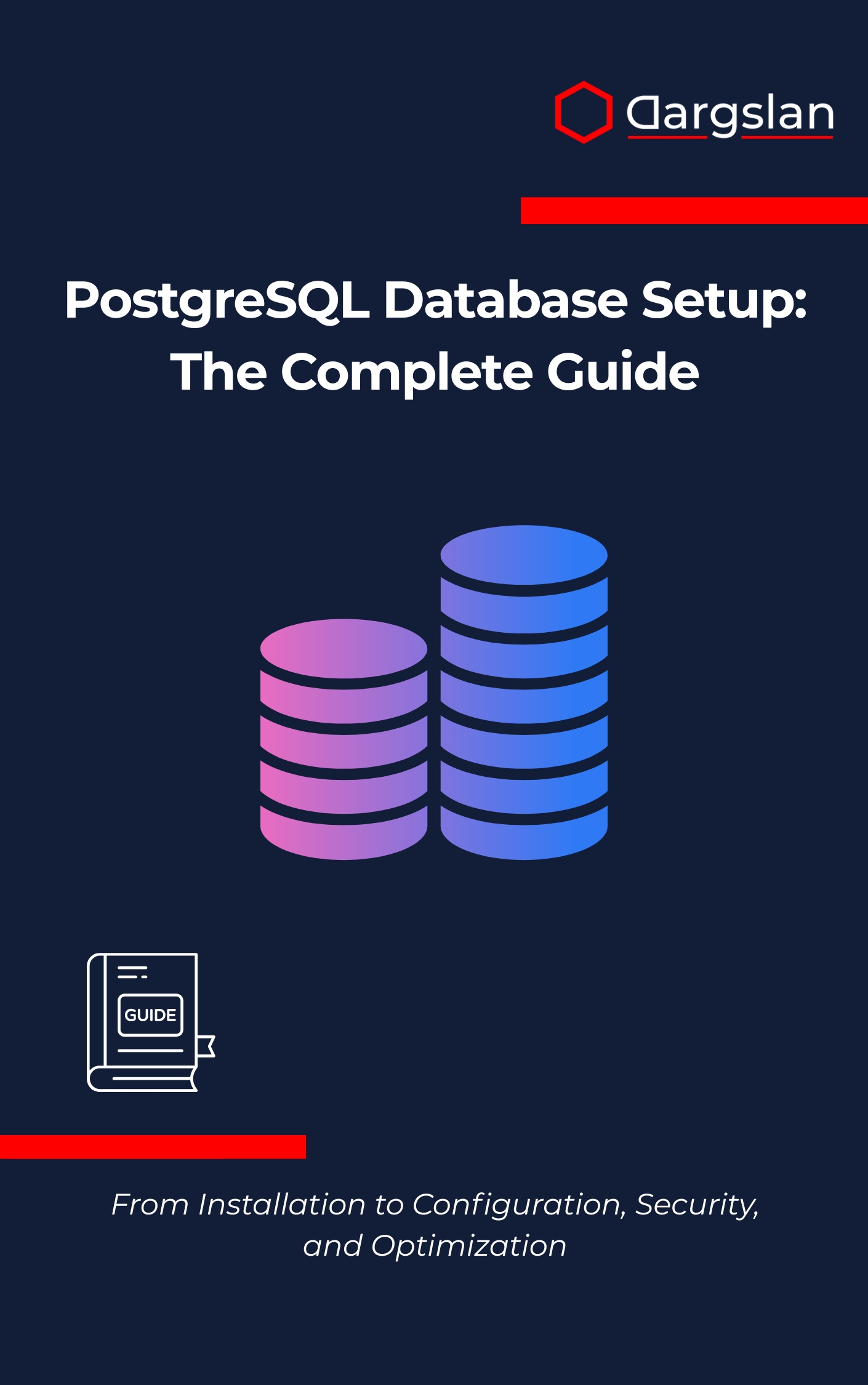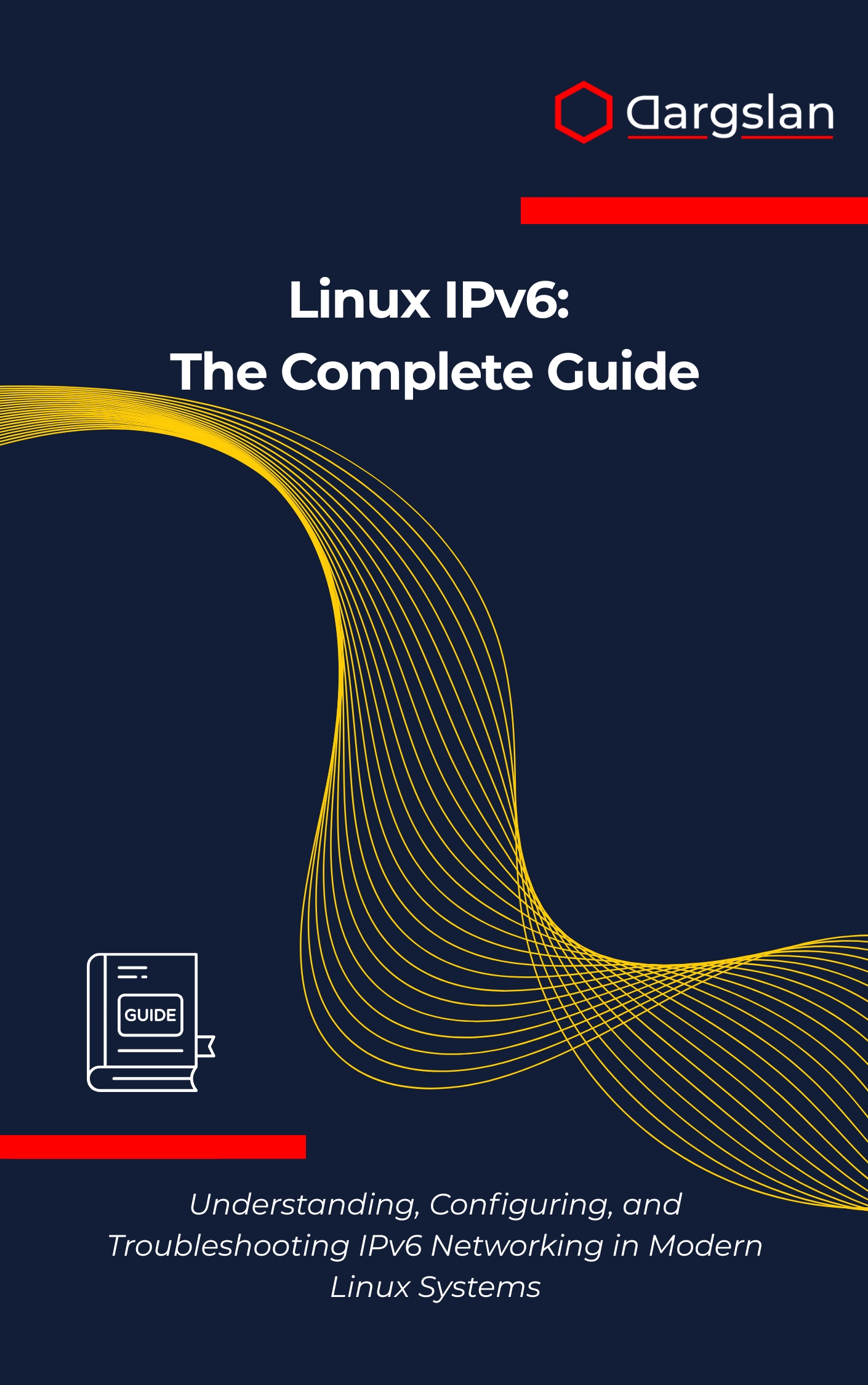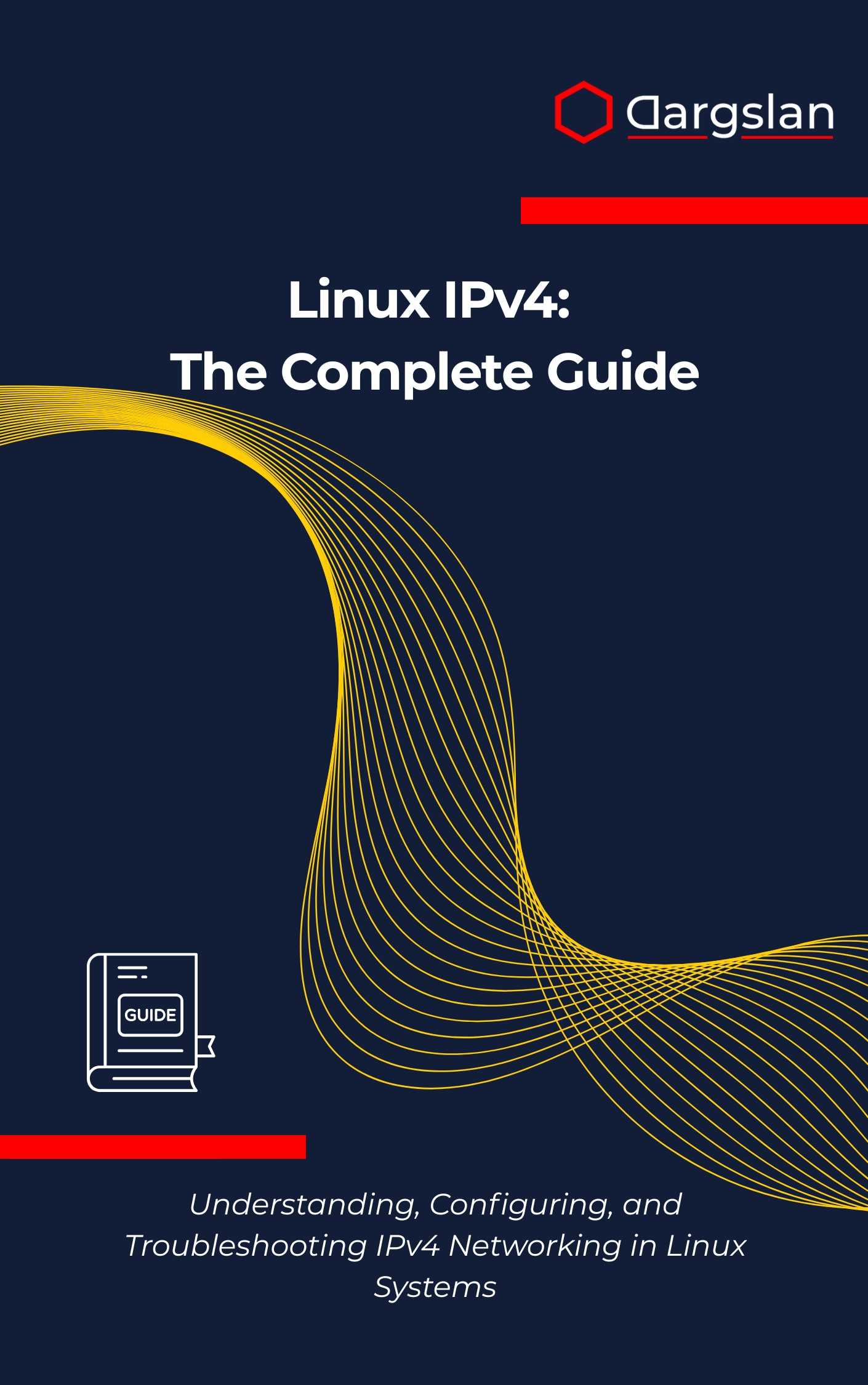Mastering iptables and nftables
Master Linux Firewall Management with the Most Comprehensive Guide to iptables and nftables,Protect Linux networks with expert iptables and nftables firewall management.
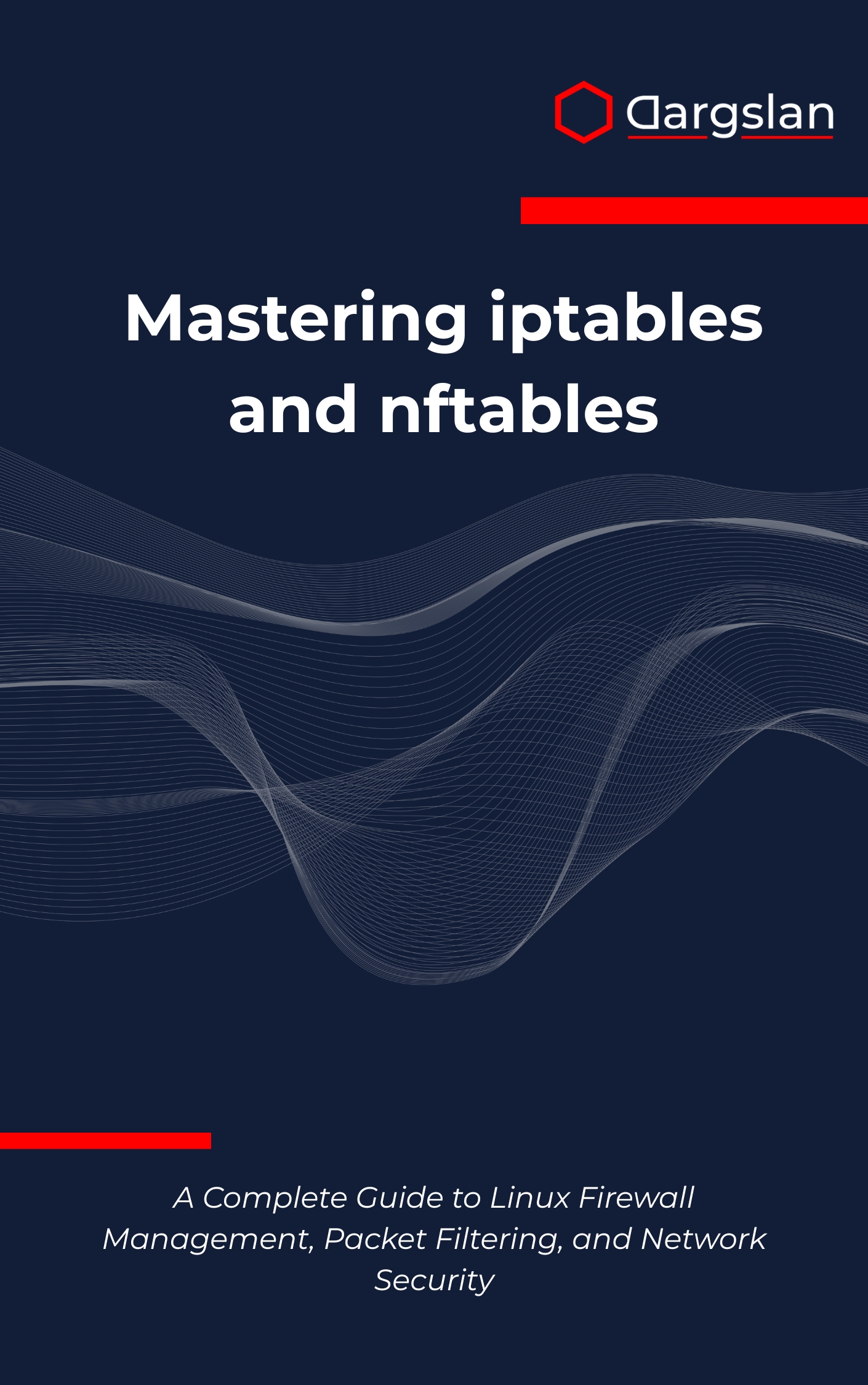
When uptime, compliance, and performance all depend on your firewall, “good enough” rules aren’t enough. This expert-crafted guide shows you how to architect, automate, and audit Linux packet filtering with confidence across iptables and nftables.
A Complete Guide to Linux Firewall Management, Packet Filtering, and Network Security
Overview
Mastering iptables and nftables is the definitive programming guide and technical book for building robust, scalable, and auditable Linux firewall solutions. As A Complete Guide to Linux Firewall Management, Packet Filtering, and Network Security, it walks you through Linux firewall fundamentals, iptables configuration and management, nftables architecture and implementation, network packet filtering, firewall rule optimization, security policy design, firewall automation and scripting, migration strategies, performance monitoring, multi-interface configurations, security best practices, troubleshooting techniques, and infrastructure-as-code integration. Whether you manage a single VPS or an enterprise network, you’ll learn the patterns and practices that stand up in production.
Built for hands-on learners, this IT book blends conceptual clarity with real-world exercises. You’ll design stateful policies, translate business goals into enforceable rules, and implement change safely using repeatable playbooks and version control. The result is not just working configurations, but a repeatable process you can trust.
The first half dives deep into the battle-tested iptables stack, teaching you to model traffic flows, write maintainable chains, and tune for speed. The second half accelerates your adoption of nftables, showing how sets, maps, counters, and streamlined syntax simplify complex policies while boosting performance and maintainability.
Who This Book Is For
- System administrators who need dependable host and perimeter firewalls for Linux servers. Gain clear, repeatable workflows to create least-privilege policies, lock down services, and prevent misconfigurations from taking down production environments.
- DevOps and SRE teams seeking a clean path to CI/CD-ready security. Learn how to automate rule generation, validate changes, integrate with pipelines, and treat firewall policy as code for safer, faster deployments.
- Security architects and network engineers building defense-in-depth. Upgrade legacy rulesets, implement modern segmentation with nftables, and champion an auditable, high-performance design that elevates your organization’s security posture.
Key Lessons and Takeaways
- Lesson 1 — Design a clear, default-deny security policy rooted in least privilege, mapping business requirements to explicit rule sets that survive audits and scale over time.
- Lesson 2 — Translate real traffic flows into stateful filtering with precise ingress/egress controls, including NAT, DNAT/SNAT, port forwarding, and service isolation.
- Lesson 3 — Optimize performance by leveraging rule ordering, early accepts, sets and maps, counters, and connection tracking strategies that reduce latency and CPU overhead.
- Lesson 4 — Automate with scripts and configuration management, implementing firewall automation and scripting that integrates with CI, testing, and approval workflows.
- Lesson 5 — Plan and execute migrations from iptables to nftables using compatibility layers, staged rollouts, and rollback strategies that minimize risk.
- Lesson 6 — Monitor and troubleshoot effectively with logging, tracing, and metrics, turning packet captures and counters into actionable insights for incident response.
Why You’ll Love This Book
This guide is practical from page one. It pairs step-by-step walkthroughs with annotated examples, so you always understand the “why” behind each rule and the trade-offs involved. Every technique is framed by real operational constraints and production patterns.
You’ll find quick-reference tables, checklists, and labs that accelerate learning and serve as on-call companions. From multi-interface configurations to performance tuning and policy reviews, it gives you the clarity and confidence to implement changes safely and consistently.
How to Get the Most Out of It
- Follow a progressive path: review networking and policy fundamentals, master the iptables chapters, then transition to nftables to modernize your approach. Keep a dedicated lab VM or container to test each concept before production.
- Apply concepts as policy-as-code: store firewall definitions in version control, require peer reviews, and document intent with comments and diagrams. Use staged environments and canary hosts to validate behavior under real traffic.
- Build small, targeted exercises: create a default-deny host firewall, implement a NAT gateway for a lab subnet, convert an iptables ruleset to nftables with sets, and wire logs/metrics into your monitoring stack for rapid feedback.
Get Your Copy
If you’re ready to turn ad hoc rules into a reliable, automated, and auditable firewall program, this is the resource you’ll reach for daily. Equip yourself with the frameworks and patterns that experts use to protect modern infrastructure.

